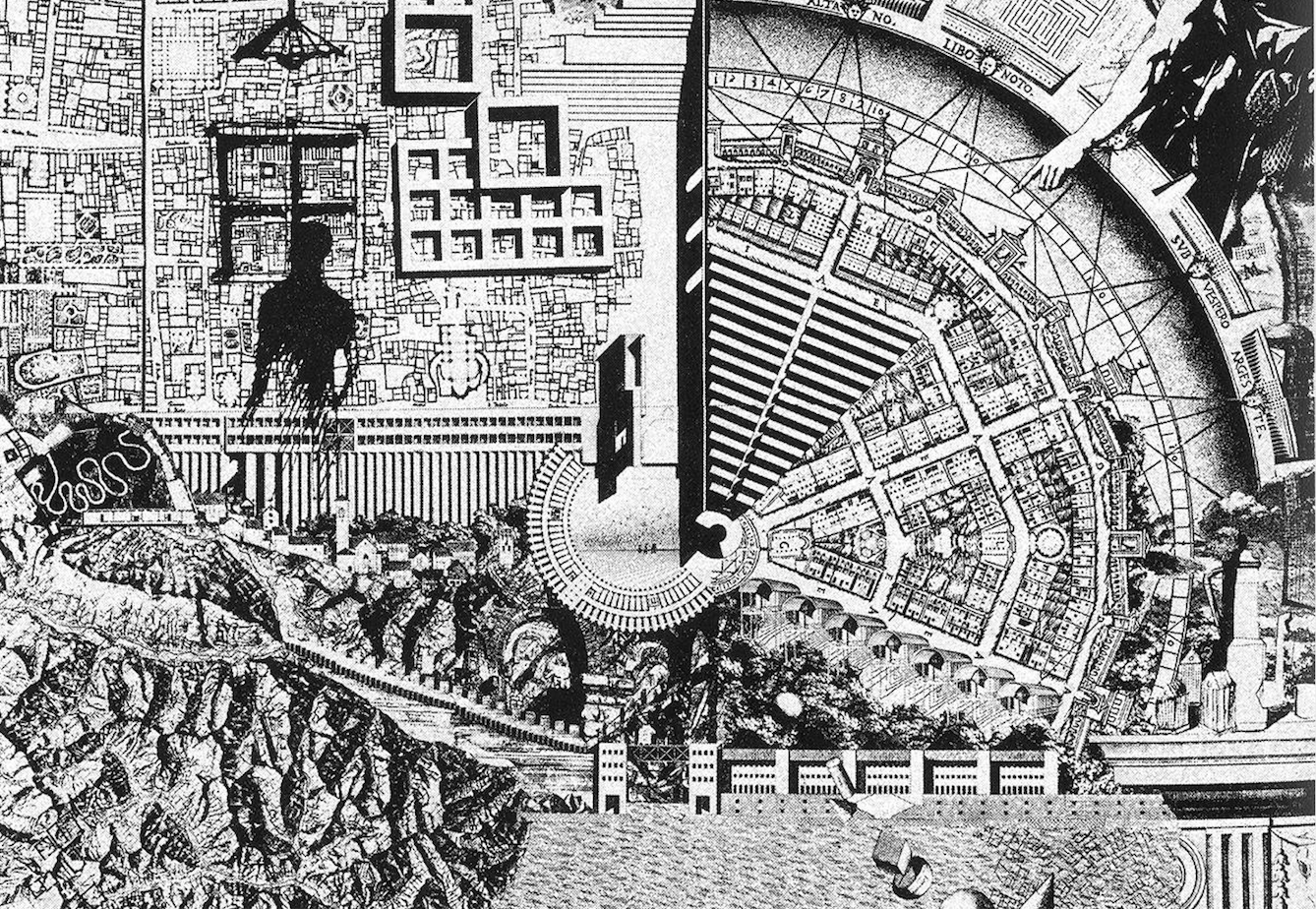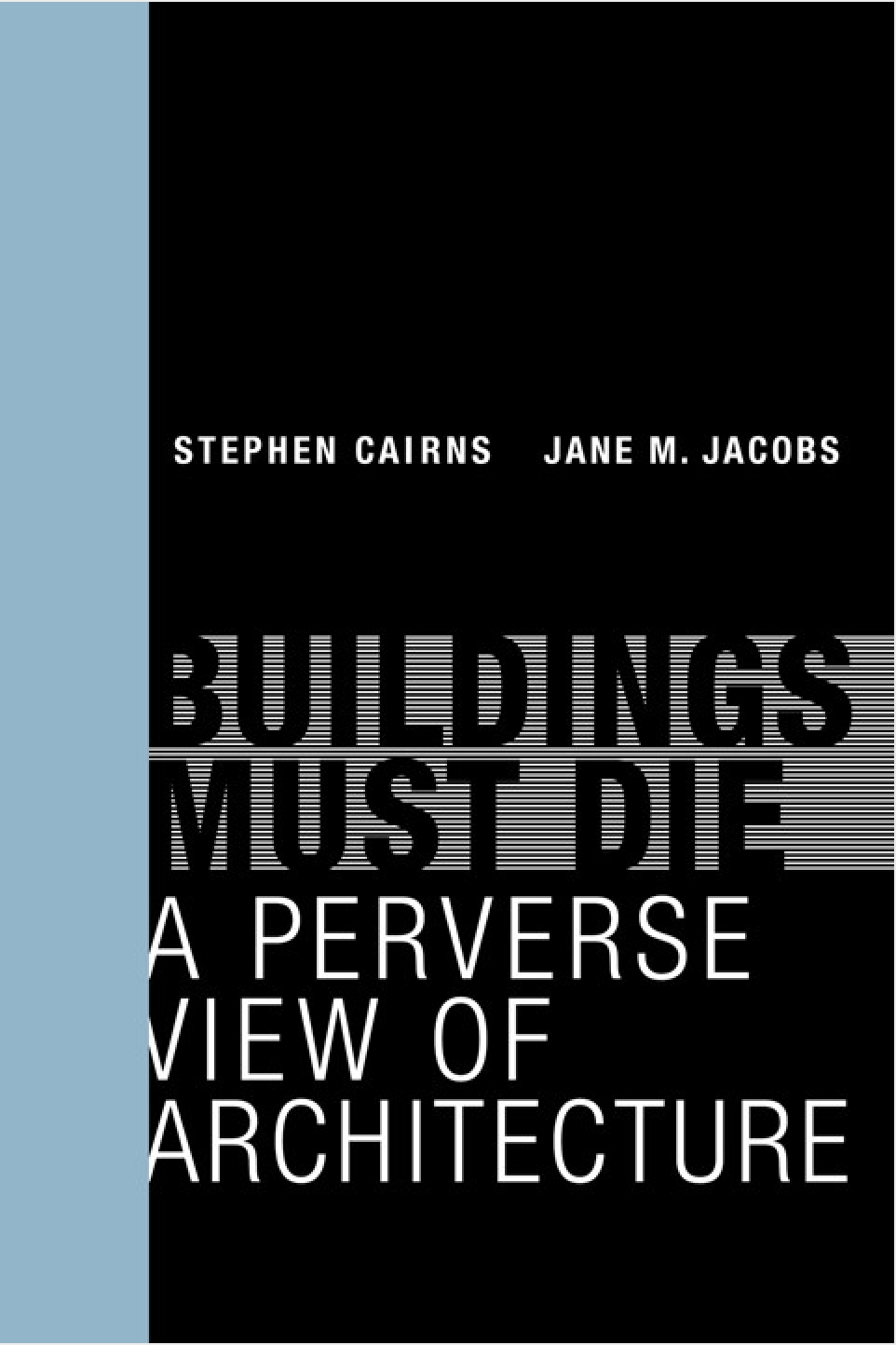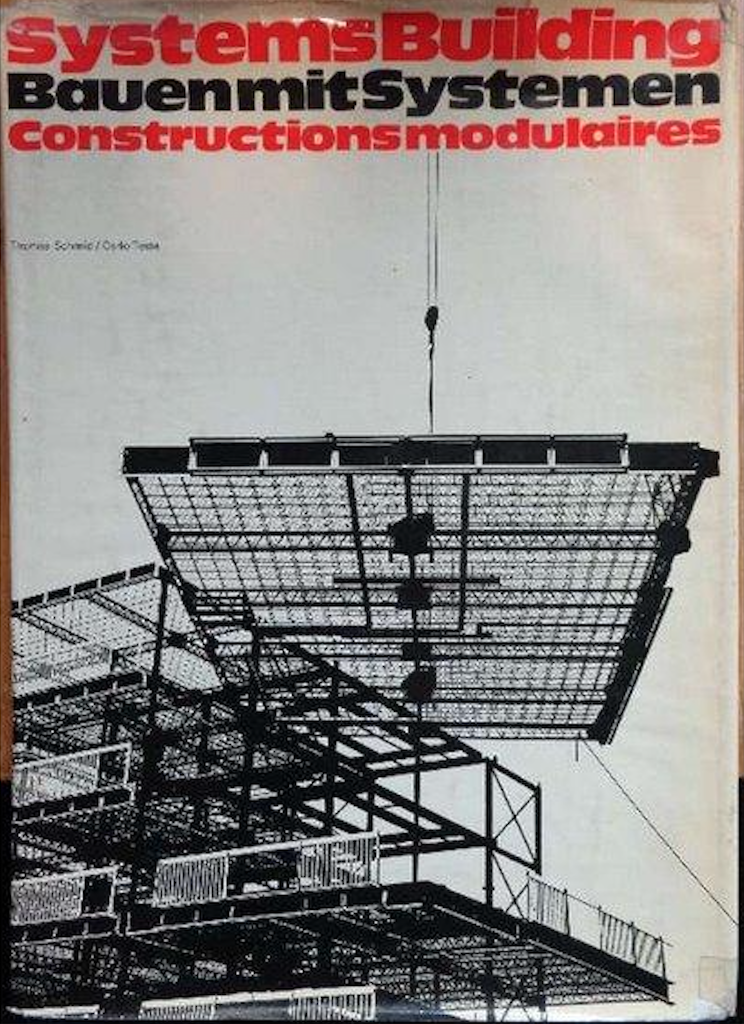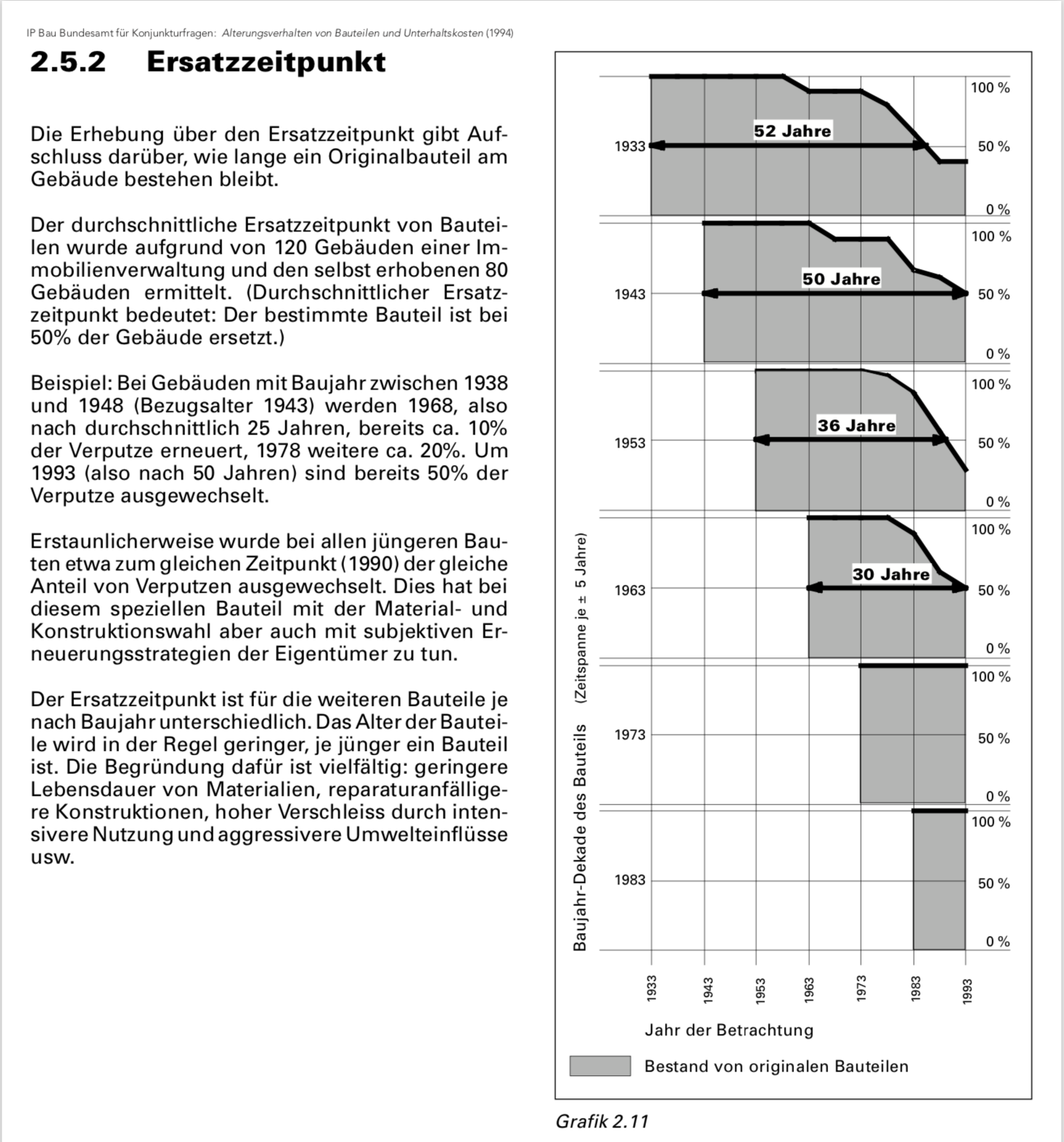THE PERSONIFICATION OF OBJECTS
“To Assert that a living organism- be it human, animal or vegetable- must die is an obvious truth. Life by definition is finite; death is inevitable.” (3)
I recently observed that many objects around us have the tendency to be personified. People like to call their houses “smart”, they advertise their façades as skins, and memory is even an ability not only in architecture theory, but to describe whole cities. What does this tell us about the relation between objects and living beings? Are the boundaries between objects and living beings becoming obsolete? Or is there a wish of humans to relate to their creations in a way that they have a vis-à-vis?
The constitution of the Swiss “Orts- und Heimatschutz” is based on a similar conception. It states that the aim of the organisation is to protect so called “Schutzobjekte” – in detail - landscapes, villages, buildings, objects, animals, and plants. In the legal text there is no differentiation made between protecting objects and living beings. If society applies meaning to objects which are similar to those of living beings, one has to face the fact that life is finite, and death is inevitable. Relating this to the building sector, demolition suddenly reveals a moral layer within the word itself. Architecture is thought of as a creation. Demolition is seen in the light of murder. Accepting death as a part of everyone’s life is often used as a common metaphor to give reason for demolition: “Das Gebäude hat seine Lebensdauer erreicht”.
It is surprising to see though, that life expectations of building components have decreased in the last century. For instance, mortar lasted in the 1930s for more than 50 years, in the 1960s it was common to replace it after 30 years. Possible reasons for this phenomenon are decrease in quality of the used material, the increasing complexity in construction detailing, and the harshness of environmental influences.
Throughout the development of the building industry in the 20th century, buildings were planned and executed based on a high amount of building components, from windows over ceilings to bathrooms. Building elements were distributed as products. Consequently buildings by the end of the 20th century were nothing else but an assembly of products.

MEMORY Aldo Rossi's Citta Analoga 1976 Mailand

LEGISLATION Schweizer Heimatschutz Rote Liste

MATERIAL: Buildings must die, a perverse view of architecture (3)

MATERIAL: Replacement increase in the 20th century

MATERIAL: System Buildings, Zürich, 1969




